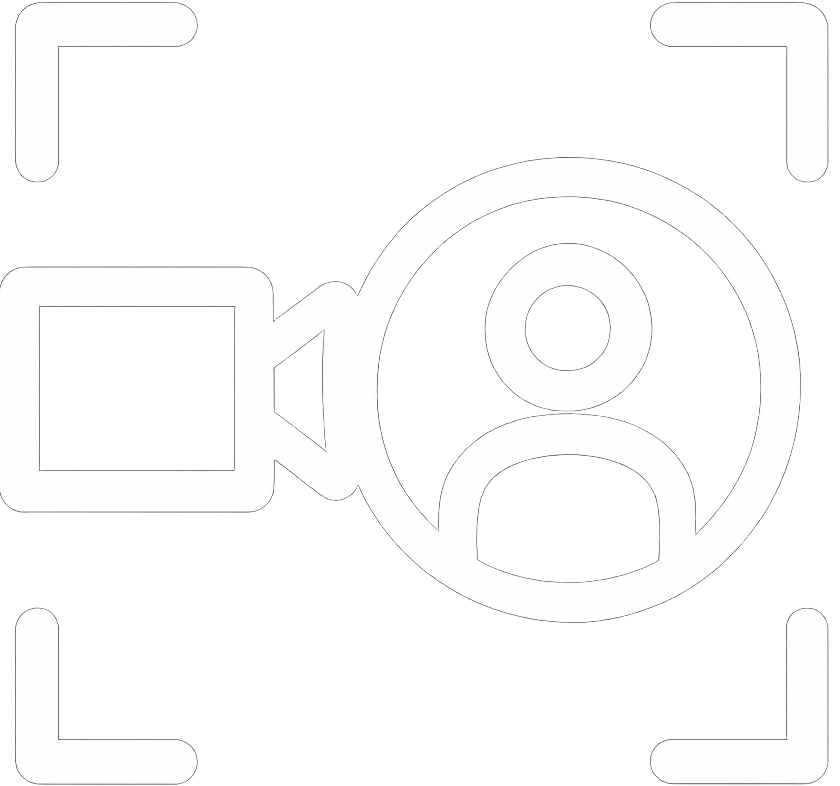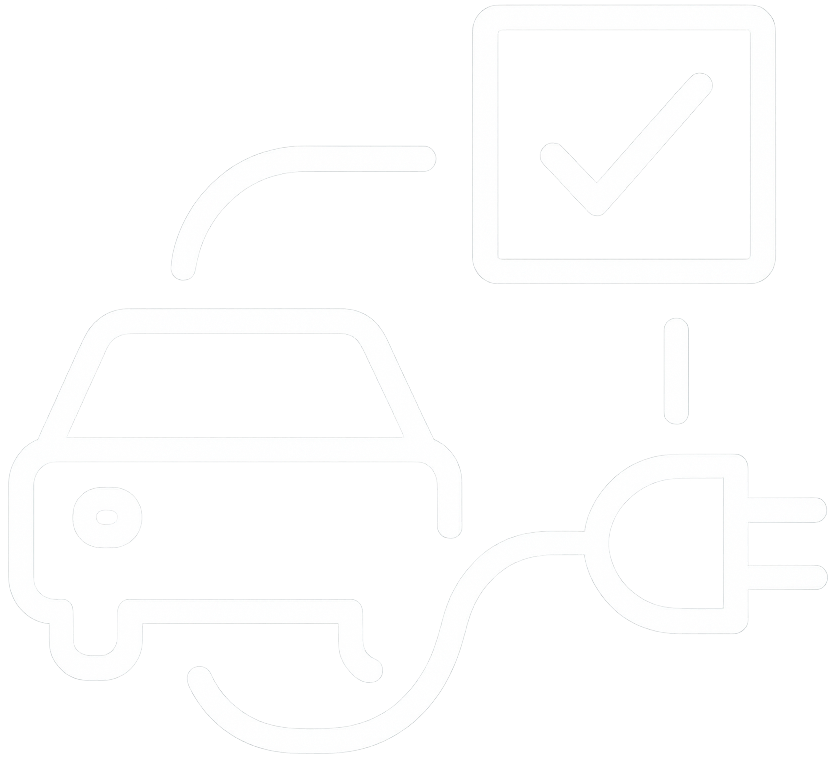<p>Seattle’s metropolitan area of 3.5 million people, like much of the western seaboard of the United States, lies in an earthquake zone. In Seattle’s case, the city and its hinterland sit atop a complex network of interrelated active geological faults capable of severe seismic activity and posing complex considerations for communication and transportation networks.<br> <br>State Route 99 is a major arterial highway that carries 20-25% of all north-south traffic through Seattle. For about three kilometres, as it passes through the heart of the city, the road is raised, running on a reinforced concrete, double-decked bridge known as the Alaskan Way Viaduct.<br> <br>The 1950s structure was already showing its age with problems of exposed rebar, crumbling concrete and weakening column connections when in 2001, the area was hit by the Nisqually earthquake. The tremor recorded a magnitude of 6.8 and caused $2bn worth of damage regionally. On the casualty list was the SR99 viaduct. It was repaired, but subsequent regular monitoring revealed settlement, structural movements and cracking.<br> </p><p>기사원문보기 : <a href="http://www.itsinternational.com/sections/nafta/features/urban-tunnel-replaces-viaduct-improves-safety/">http://www.itsinternational.com/sections/nafta/features/urban-tunnel-replaces-viaduct-improves-safety/</a></p>
Seattle’s metropolitan area of 3.5 million people, like much of the western seaboard of the United States, lies in an earthquake zone. In Seattle’s case, the city and its hinterland sit atop a complex network of interrelated active geological faults capable of severe seismic activity and posing complex considerations for communication and transportation networks.
State Route 99 is a major arterial highway that carries 20-25% of all north-south traffic through Seattle. For about three kilometres, as it passes through the heart of the city, the road is raised, running on a reinforced concrete, double-decked bridge known as the Alaskan Way Viaduct.
The 1950s structure was already showing its age with problems of exposed rebar, crumbling concrete and weakening column connections when in 2001, the area was hit by the Nisqually earthquake. The tremor recorded a magnitude of 6.8 and caused $2bn worth of damage regionally. On the casualty list was the SR99 viaduct. It was repaired, but subsequent regular monitoring revealed settlement, structural movements and cracking.
기사원문보기 : http://www.itsinternational.com/sections/nafta/features/urban-tunnel-replaces-viaduct-improves-safety/

 인재양성센터
인재양성센터
 국제협력센터
국제협력센터
 영상분석센터
영상분석센터
 표준총회
표준총회
 시험인증시스템
시험인증시스템
 K플러그테스트
K플러그테스트